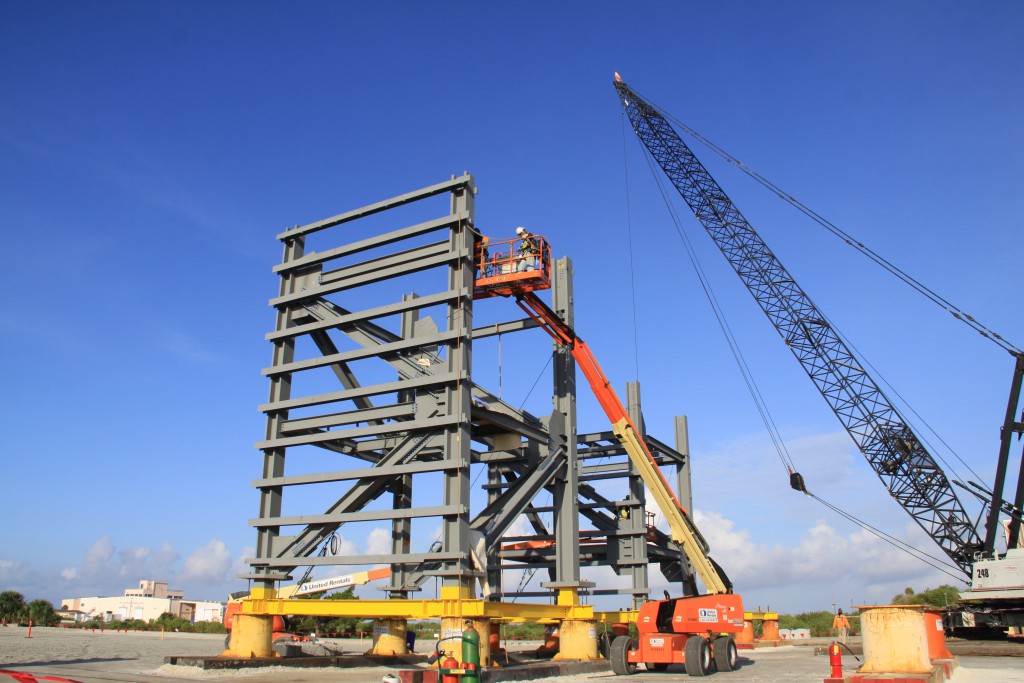 NASA took another step toward returning America’s ability to launch crew missions to the International Space Station from the United States in 2017. Commercial Crew ordered its first crew rotation mission from The Boeing Company. SpaceX is expected to receive its first order later this year. Determination of which company will fly its mission to the station first will be made at a later time.
NASA took another step toward returning America’s ability to launch crew missions to the International Space Station from the United States in 2017. Commercial Crew ordered its first crew rotation mission from The Boeing Company. SpaceX is expected to receive its first order later this year. Determination of which company will fly its mission to the station first will be made at a later time.
“Final development and certification are top priority for NASA and our commercial providers, but having an eye on the future is equally important to the Commercial Crew and station programs,” said Kathy Lueders, manager of Commercial Crew. “Our strategy will result in safe, reliable and cost-effective crew missions.”
Missions flown to the station on Boeing’s CST-100 and SpaceX’s Crew Dragon spacecraft will restore America’s human spaceflight capabilities and increase the amount of scientific research that can be conducted aboard the orbiting laboratory. A standard mission to the station will carry four NASA or NASA-sponsored crew members and about 220 pounds of pressurized cargo. The spacecraft will remain at the station for up to 210 days and serve as an emergency lifeboat during that time.
“Commercial Crew launches are critical to the International Space Station Program because it ensures multiple ways of getting crews to orbit,” said Julie Robinson, International Space Station chief scientist. “It also will give us crew return capability so we can increase the crew to seven, letting us complete a backlog of hands-on critical research that has been building up due to heavy demand for the National Laboratory.”
Read more here.
 Also, don’t forget to check out the NASA exhibits at Essence Fest and the Audubon Institute’s Aquarium if you are in New Orleans this weekend.
Also, don’t forget to check out the NASA exhibits at Essence Fest and the Audubon Institute’s Aquarium if you are in New Orleans this weekend.

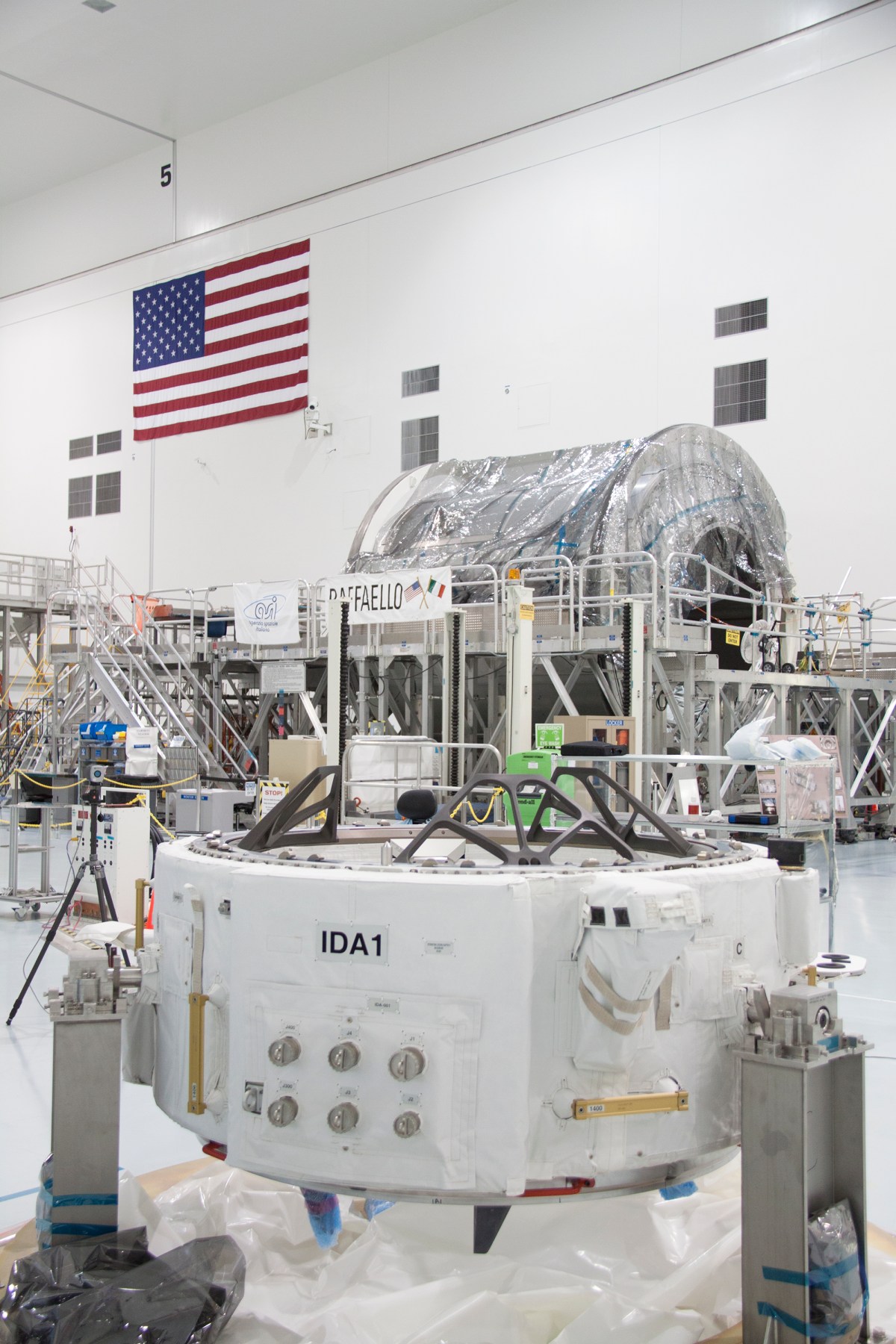
 SpaceX and Boeing will work together to see a component valuable to the Commercial Crew effort of both companies delivered to the International Space Station this weekend. Boeing built the 42-inch-tall International Docking Adapter that is nestled inside the trunk of SpaceX’s Dragon spacecraft as it awaits launch to the station.
SpaceX and Boeing will work together to see a component valuable to the Commercial Crew effort of both companies delivered to the International Space Station this weekend. Boeing built the 42-inch-tall International Docking Adapter that is nestled inside the trunk of SpaceX’s Dragon spacecraft as it awaits launch to the station.
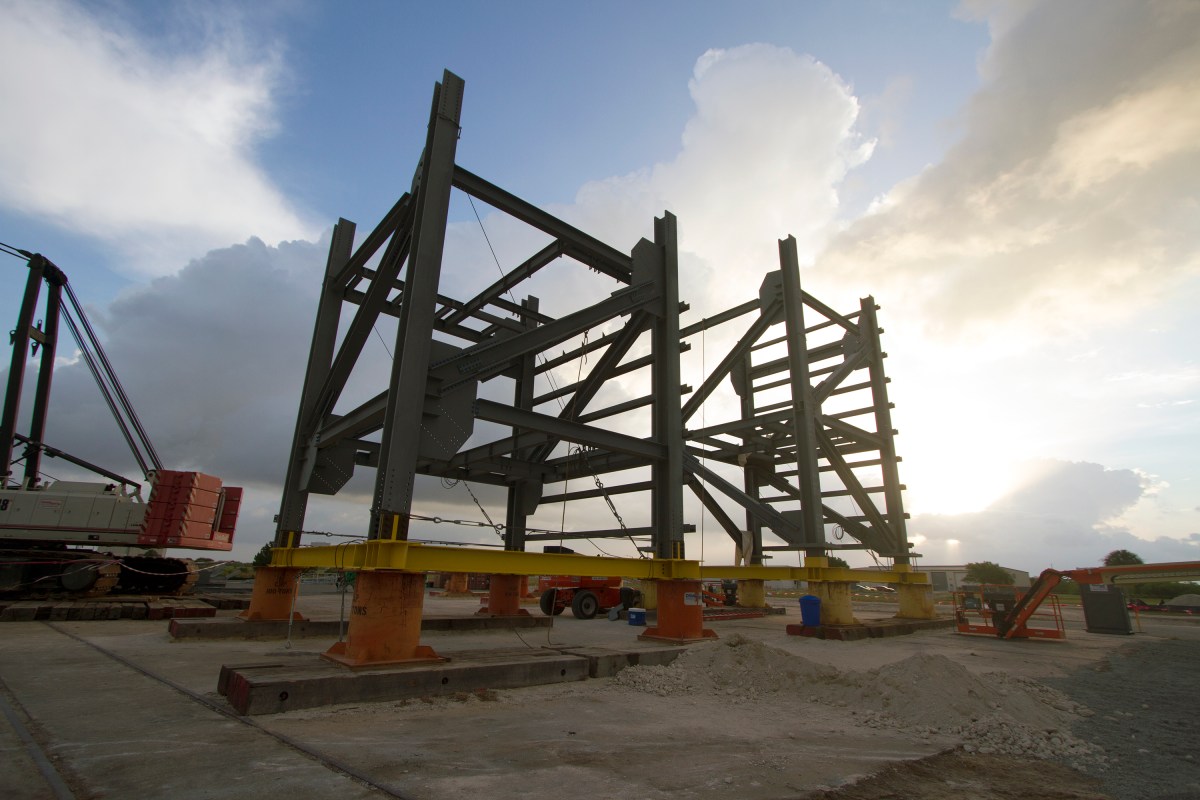

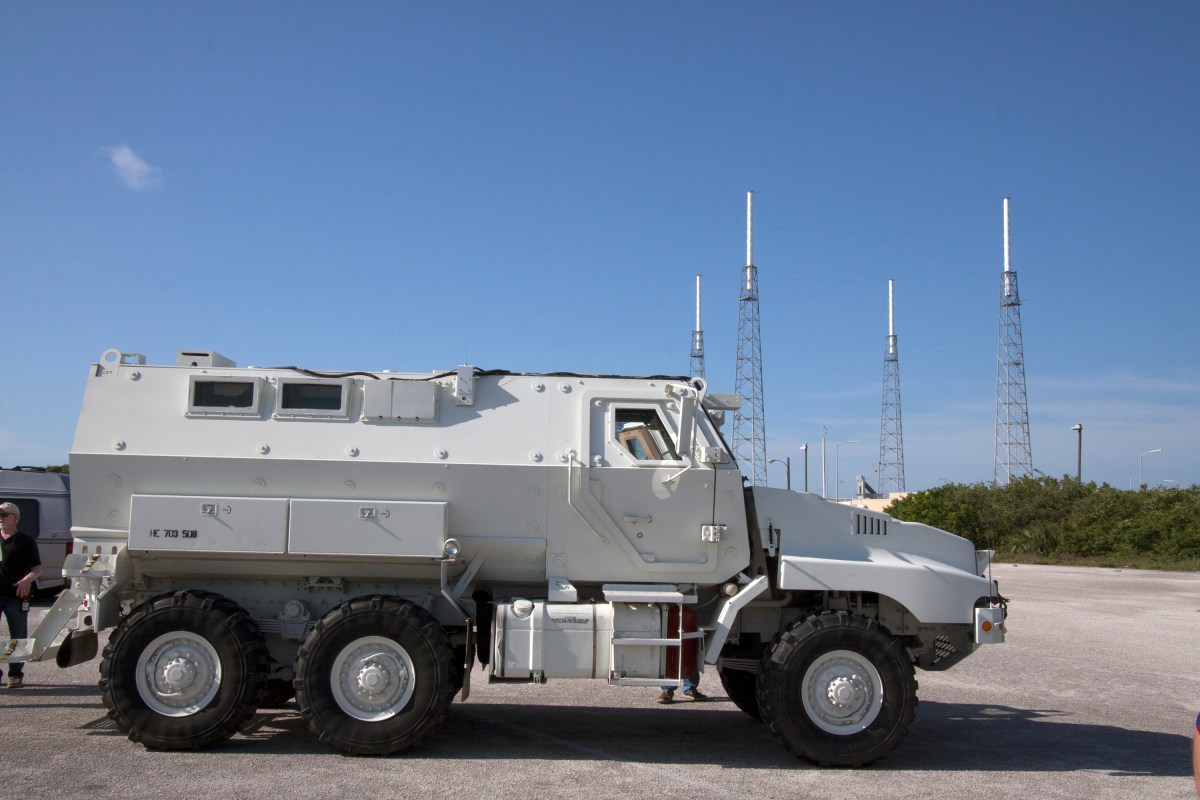
 Engineers recently timed an MRAP armored vehicle for potential launch pad evacuation routes as preparations for Commercial Crew flights move ahead. The 45,000-pound MRAP is a great improvement over the M113 used during the space shuttle era in many regards. Larger and more powerful, the MRAP offers a mobile bunker to astronauts and ground crews in the unlikely event they have to get away from the launch pad quickly in an emergency.
Engineers recently timed an MRAP armored vehicle for potential launch pad evacuation routes as preparations for Commercial Crew flights move ahead. The 45,000-pound MRAP is a great improvement over the M113 used during the space shuttle era in many regards. Larger and more powerful, the MRAP offers a mobile bunker to astronauts and ground crews in the unlikely event they have to get away from the launch pad quickly in an emergency. 
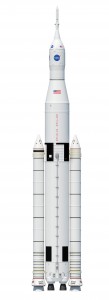

 The two spacecraft under development by Commercial Crew providers Boeing and SpaceX are destined for the International Space Station, orbiting more than 250 miles above Earth. Astronauts will fly inside the Boeing CST-100 and SpaceX Crew Dragon spacecraft to reach the station where they will conduct research off the Earth, for the Earth. Both the CST-100 and Crew Dragon will fly into space aboard rockets certified to safely carry astronauts to low-Earth orbit.
The two spacecraft under development by Commercial Crew providers Boeing and SpaceX are destined for the International Space Station, orbiting more than 250 miles above Earth. Astronauts will fly inside the Boeing CST-100 and SpaceX Crew Dragon spacecraft to reach the station where they will conduct research off the Earth, for the Earth. Both the CST-100 and Crew Dragon will fly into space aboard rockets certified to safely carry astronauts to low-Earth orbit.

